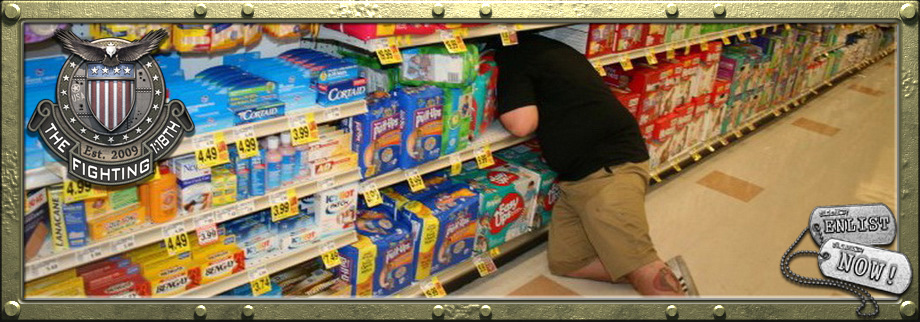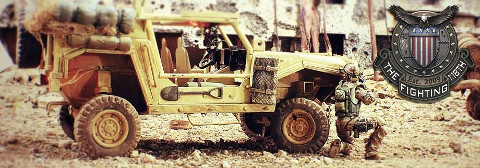Thanks, MIKED, for this tutorial!
http://www.fighting118th.com/2012/10/08/custom-figure-painting-tutorial-by-miked/
Post your questions, comments, etc, below!
http://www.fighting118th.com/2012/10/08/custom-figure-painting-tutorial-by-miked/
Post your questions, comments, etc, below!
Last edited:


